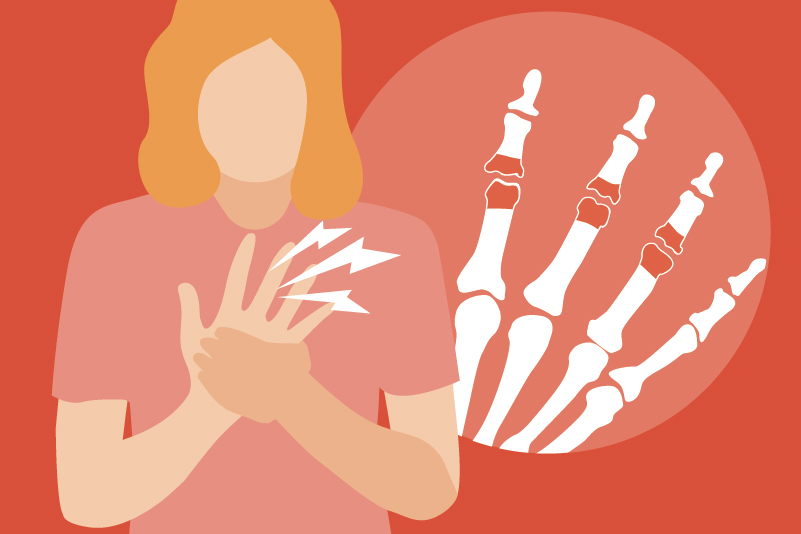#159 NSAIDs: Inflamed effects on inflammation?

Reading Tools for Practice Article can earn you MainPro+ Credits
Join NowAlready a CFPCLearn Member? Log in
- Systematic review, ten soft tissue injury RCTs:1
- Mostly found no difference between adequately dosed NSAIDs (like diclofenac 150 mg/day or ibuprofen 1600 mg/day) versus acetaminophen, dihydrocodeine, or acetaminophen-opioid combinations.
- One RCT (68 patients, mixed injuries): Naproxen 1100 mg/day statistically reduced swelling ~6% versus dextropropoxyphene (Darvon™) at three days.
- One RCT (86 patients, ankle sprain): Diclofenac 150 mg/day statistically worse swelling ~8% versus acetaminophen at three days.2
- Limitations: Groups treated differently,3 inconsistent blinding,1 suboptimal doses sometimes,1 and swelling secondary outcome.1
- No systematic review. Eight individual RCTs, statistically significant results in swelling versus placebo.
- 66 knee injury patients:4 Diclofenac reduced (undefined) swelling.
- No swelling: 71% diclofenac versus 35% placebo.
- 364 ankle sprain patients:5 Piroxicam 40 mg made no difference in swelling by volumetric assessment.
- Piroxicam increased clinically assessed swelling (no swelling: 20% piroxicam versus 48% placebo).
- 60 ankle injury patients:6 Nimulside 200 mg/day reduced swelling by volumetric assessment ~11% more than placebo.6
- 44 hamstring injury patients:7 Diclofenac 150 mg/day no difference.
- 92 ankle injury patients:8 No difference with diclofenac 150 mg/day or piroxicam 20 mg/day.
- 68 ankle injury patients:9 Ibuprofen 2400 mg/day no difference.
- Two ankle sprain RCTs (60 and 108 patients):10,11 Diclofenac 150 mg/day and piroxicam 20 mg/day reduced swelling by ~25 mL (1.65%) more than placebo at three days.10,11
- 66 knee injury patients:4 Diclofenac reduced (undefined) swelling.
- Swelling should be assessed by volume (example water displacement) but frequently was not.
- According to systematic reviews of topical NSAIDs and older RCTs, NSAIDs are effective for pain relief in acute injury.4-6,8,12
- Topical NSAID example, 50% reduction in pain for acute musculoskeletal injury: Number Needed to Treat (NNT)=4 at 6-8 days and =10 at 9-14 days.







 Complete Activity
Complete Activity